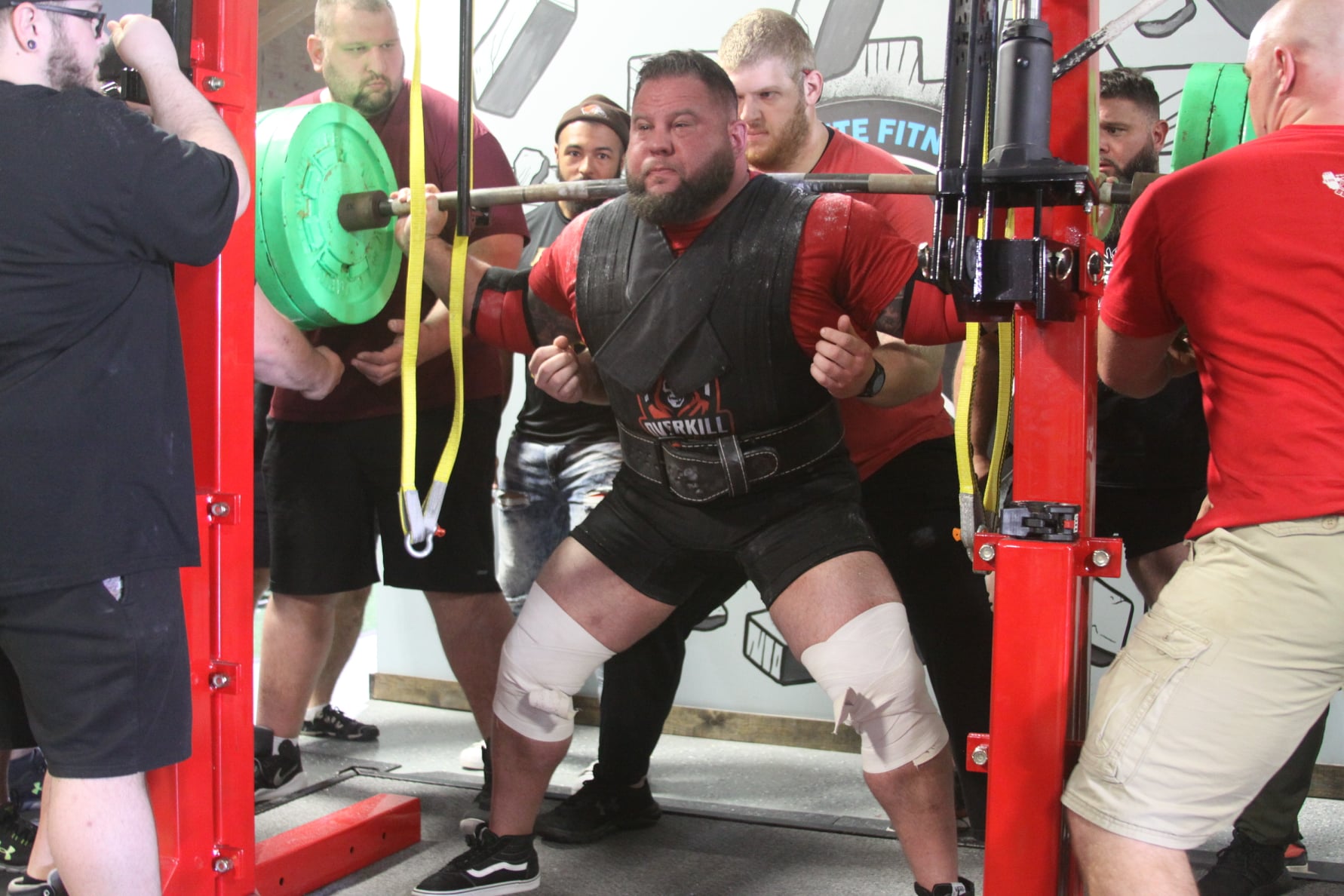
18 Jan 30min Rant about self awareness in a private gym
In this series of articles, I will give myself 30min to write about a topic – a rough draft to published. It will be rough and straight to the point. Let’s see how a few of these go and if I have any friends left after this period of time.
Training partners and those who you train with, duh. And to be honest, I’ve had more great partners than terrible ones. Some sort of fall in the middle, too. But in the last 3-4 years, I’ve started to sit back and analyze what I’ve seen work and what usually will not when it comes to a private strength training gym.
I think it’s important that you know where those that train with you – where you stand and where they stand with you. Are they your boys, or are they training partners, people you lift with?
Over the years, I’ve dealt with many different types of training partners. I’d rate them in 3 different categories for the sake of this diddy:
- Down to ride – no matter what, they are there. They don’t ever miss unless something serious happens, and then they still, most of the time, make it happen. Hold onto these people and treat them right. They are worth more than any stupid sponsorship, free gear, or anything. Take care of these people. Buy their lunch, give them gifts, and tell them how much you appreciate them. For a successful group, you need 75% of your team like this.
- Hot and Cold. These aren’t bad people or training partners; they aren’t down to ride; they let things get into how you and those like us wouldn’t let stop us from training, making a meet, or the like. They are mostly dependable but still not always there when you need them. You still need these people because not everyone loves the sport/to train and aren’t as dedicated as you are. Accept them, but know where to keep them. 20% of your team being this way is acceptable as you need them as they will be there most of the time and aren’t selfish typically.
- Those you know you can’t count on, so you don’t. This will sound weird, but you still need these training partners or at least available. WHAT? Yes. I fight back and forth on whether it’s worth having them on the team as back-ups or reinforcements, or around at all, and I can’t really ever concluded other than this: have some on standby that you can call in a jam, but these are not people you want to have considered being part of your team. Why? They cause more harm than good, as you aren’t even sure if they will come or not, which after 20 years of training in a private gym, this type of person throws off the mojo and keeps everything from being as cohesive as it may otherwise. It ends up looking like they get special treatment and can just come and go with the same perks, even if that is NOT the case.
I think we can pretty much sort out if we think about it who we train with and where they fall in this category. The problem with this is that it takes time to really know if someone is a good training partner. Typically a minimum of 6months, but for me, I’ve learned how little I can depend on people after 10+ years. That sucks, but it’s part of the process. You learn about someone when things become uneasy and difficult.
Please consider these thoughts if you are training with people at someones’ facility, especially if it’s at someone’s house; things like these really do matter.
Lastly, check your training partners’ egos at all times – just because they train with talent or greatness – does not mean they are; actually, most times, they are not. I see it time and time again, people who train with some of the best lifters of all time think suddenly that they are on the same level just because they lift with someone.
The self-awareness melts away over time then suddenly they think their theoretical total grows by 2, 3, even 600lbs and think they are on a level which they certainly are not. Now I know that everyone wants to build up their team, but egos must be checked. And, this is so easily done in powerlifting.
“Hey, guy, where do you rank in the top 50 all-time in the OPEN – what’s your best total, what have you done, and who have you beat, and where do you rank in this gym.”
Help them along with their self-awareness, even if it hurts.
Brian Carroll
Latest posts by Brian Carroll (see all)
- Quick Rant: Core Exercises - July 26, 2024
- Physical Therapy Fails for Back Pain - July 25, 2024
- Quick Rant: Physical Therapists - July 19, 2024





Sorry, the comment form is closed at this time.